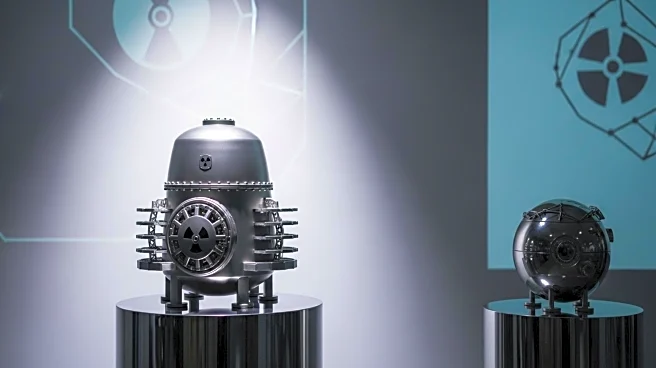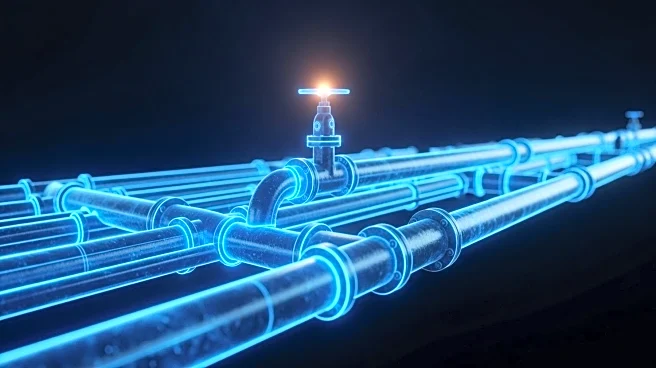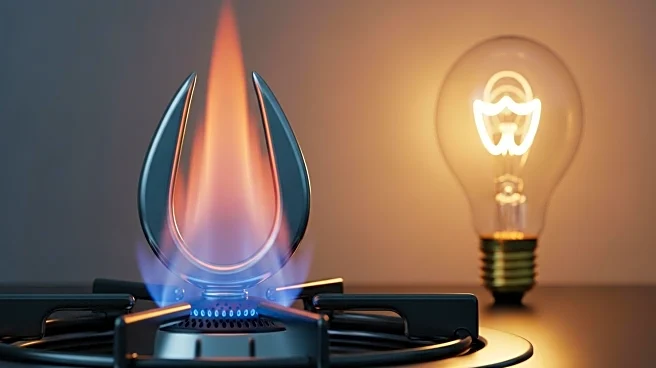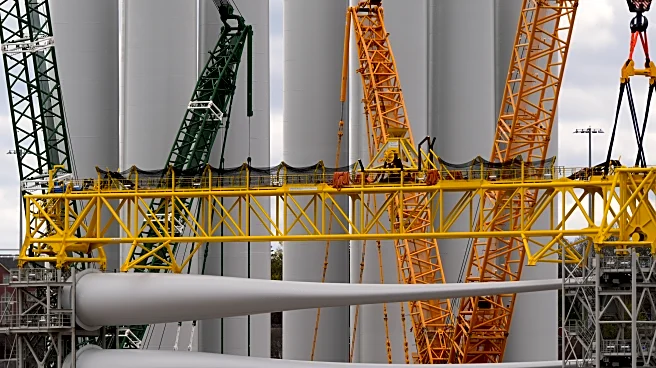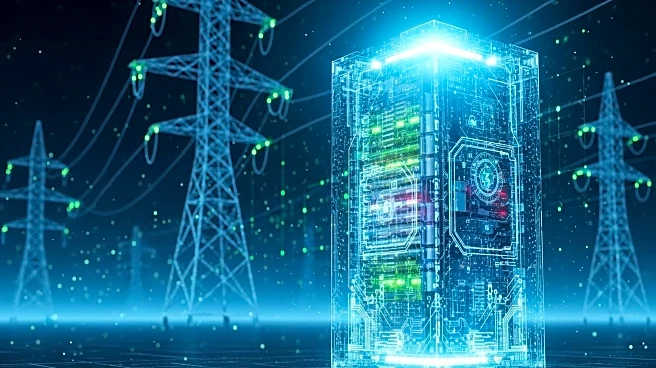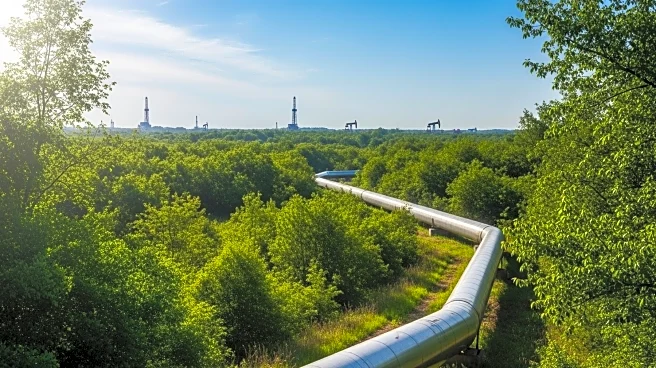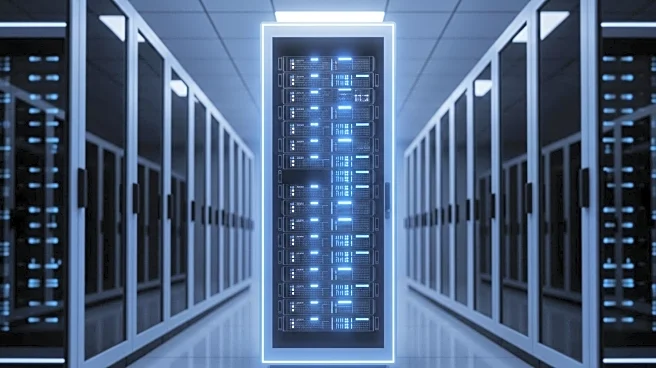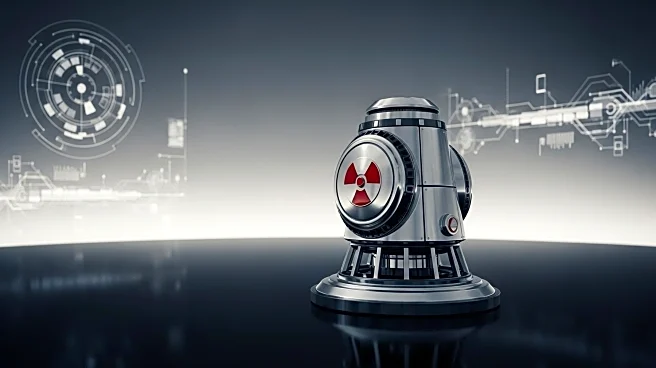What's Happening?
A recent study published in Progress in Nuclear Energy introduces a physics-based algorithm designed to autonomously regulate nuclear microreactors. These transportable reactors are intended for use in remote areas, disaster zones, and cargo ships, where manual oversight may be limited. The algorithm allows microreactors to adjust their power output automatically, enhancing their efficiency and safety. Researchers conducted simulations using High-Temperature Gas-Cooled Reactors, which utilize helium gas and ceramic materials to stabilize nuclear fission. The algorithm demonstrated precise control over power adjustments, maintaining target measurements without external intervention. This development marks a significant step towards broader deployment of nuclear microreactors in the U.S., offering a promising solution for energy supply in isolated locations.
Why It's Important?
The advancement of autonomous control systems for nuclear microreactors is crucial for expanding their use in remote and underserved areas. By reducing the need for human intervention, these systems can provide reliable energy in locations where traditional power sources are impractical. This technology could significantly impact energy policy by offering a sustainable and efficient alternative to conventional reactors. The ability to deploy microreactors in disaster zones and rural communities could enhance energy security and resilience, particularly in the face of natural disasters or infrastructure challenges. Furthermore, the development supports the U.S. goal of diversifying energy sources and reducing reliance on fossil fuels.
What's Next?
The successful implementation of this algorithm may lead to increased interest and investment in nuclear microreactors. As the technology progresses, regulatory bodies will likely evaluate its safety and efficacy, potentially paving the way for commercial deployment. Companies involved in nuclear energy may explore partnerships to further develop and market these reactors. Additionally, ongoing research will focus on optimizing the algorithm and expanding its applications to other types of reactors. Stakeholders, including government agencies and energy companies, will need to address public concerns about nuclear safety and environmental impact to facilitate acceptance and integration into the energy grid.
Beyond the Headlines
The development of autonomous microreactors raises ethical and environmental considerations. While they offer a cleaner energy source, the placement of nuclear reactors in communities may face opposition due to safety concerns. Addressing these issues will require transparent communication and robust safety measures. The technology also highlights the potential for innovation in nuclear energy, challenging traditional perceptions and encouraging a shift towards more sustainable practices. Long-term, this could influence global energy strategies and contribute to efforts in combating climate change.

